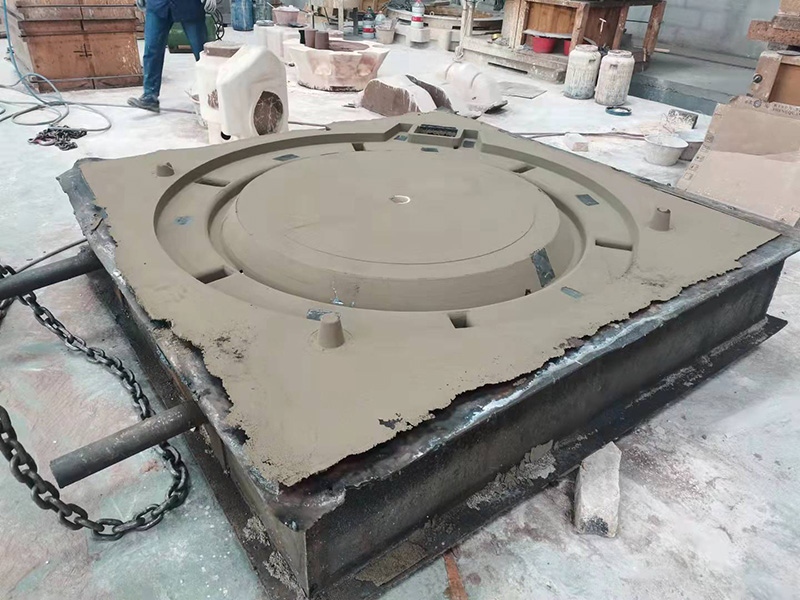3D Printing with Sand Revolutionizing Construction and Design
In recent years, 3D printing has emerged as a transformative technology across various industries, from healthcare to aerospace. Among the most intriguing applications of this technology is the use of sand as a primary material for 3D printing. Sand 3D printing not only offers novel solutions for construction and design but also presents a more sustainable approach to building various structures.
The Process of Sand 3D Printing
Sand 3D printing involves using digital models to create physical objects layer by layer, utilizing sand as the primary raw material. The process generally starts by creating a 3D model using Computer-Aided Design (CAD) software. This model is then sliced into layers by slicing software, which prepares the data for the 3D printer.
In the printer, fine grains of sand are spread across the build platform. A binding agent is then applied, often using a print head that moves over the sand, selectively bonding grains together according to the design's specifications. This layer-by-layer construction continues until the object is fully formed. After printing, the non-bound sand is removed, leaving behind a solidified structure that resembles the original digital model.
Advantages of Sand 3D Printing
1. Sustainability Traditional construction materials, such as concrete and steel, have significant environmental footprints due to their extraction and manufacturing processes. Sand, however, is an abundant natural resource and using it in 3D printing significantly reduces waste and carbon emissions associated with conventional construction practices. Moreover, using recycled sand can further minimize environmental impact.
2. Design Flexibility Sand 3D printing allows for greater design freedom than traditional methods. The ability to create complex geometries and intricate patterns expands the possibilities for architects and designers. Structures that would be difficult or impossible to achieve with conventional construction techniques can be fabricated effortlessly.
3. Cost-Effectiveness While the initial investment in 3D printing technology may be significant, the long-term savings can be substantial. With reduced material waste, faster construction times, and minimal labor requirements, sand 3D printing presents an economically viable option for various projects.
sand 3d print

4. Speed The ability to quickly produce prototypes and structures is another significant advantage of sand 3D printing. Traditional construction methods often require lengthy timelines for casting and drying. In contrast, 3D printing can significantly reduce the time from design to completion, accelerating project delivery.
Applications of Sand 3D Printing
The applications of sand 3D printing are diverse and continually expanding. One of the most promising uses is in the field of architecture. Architects can design intricate facades, unique structural elements, and even entire buildings that capture the imagination while being highly functional.
Additionally, the technology is also making its mark in the aerospace industry, where lightweight yet durable components are essential. Sand 3D printing enables the production of complex aerospace parts that maintain strength while reducing weight—an essential factor in aviation efficiency.
Furthermore, sand 3D printing is finding innovative applications in the art world, enabling artists to produce sculptures and installations that were previously limited to traditional sculpting techniques. By using this technology, artists can explore new forms and expressions without being constrained by the limitations of physical materials.
The Future of Sand 3D Printing
As with any emerging technology, challenges exist for sand 3D printing. Issues such as scalability, material properties, and regulatory compliance in construction must be addressed. However, ongoing research and development are continually overcoming these hurdles, paving the way for broader adoption.
The future of sand 3D printing looks promising. As the construction industry grapples with the need for more sustainable practices, technologies like sand 3D printing stand out as viable alternatives. With ongoing advancements in material science, design software, and printing technology, it is likely that sand 3D printing will become increasingly integrated into mainstream construction and design practices in the years to come.
In conclusion, sand 3D printing represents a significant leap forward in the way we think about construction and design. By leveraging this innovative technology, we can create structures that are not only beautiful and complex but also sustainable and efficient, marking a new era in the built environment.
Post time:dec . 29, 2024 05:26
Next:sand in cast
